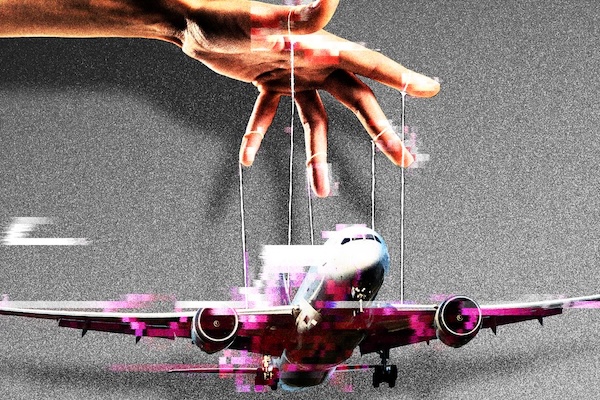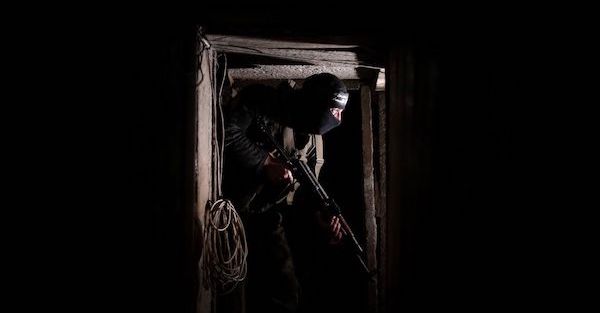Airway UM688 cuts an invisible path through the air from Samsun, Turkey, on the Black Sea coast down through Basra, Iraq, on the Persian Gulf and is used heavily by airliners traveling from Europe to the Gulf States. One stretch in particular, a 280-mile-long section in northeastern Iraq, has become a hot topic in pilot forums online. Planes passing through experience all kinds of strange system malfunctions.
“What’s happening is that the plane is flying along normally, everything is very chill, very relaxed, you probably have a foot up on the pedestal and you’re doing your crossword. And then, suddenly, either the plane will start to turn or you’ll get a whole bunch of warnings: terrain failure, navigation error, position error,” says Mark Zee, the founder of OpsGroup, an online forum that collects pilots’ reports. “For the crews, the initial reaction is What the hell is going on?” In at least 15 cases, pilots became so confused that they had to ask air-traffic control to tell them which direction to take. In one incident, a business jet nearly passed into Iranian airspace.
Someone, it seems, has been confusing the planes’ navigation systems by transmitting false GPS signals, a technique called “spoofing.” “Commercial aircraft are having their GPS units captured and taken fully under the control of the spoofer,” says Todd Humphreys, a professor of aerospace engineering at the University of Texas at Austin. “It’s eye-opening and unprecedented.”
Continue reading New York: Air Travel Is Not Ready for Electronic Warfare


